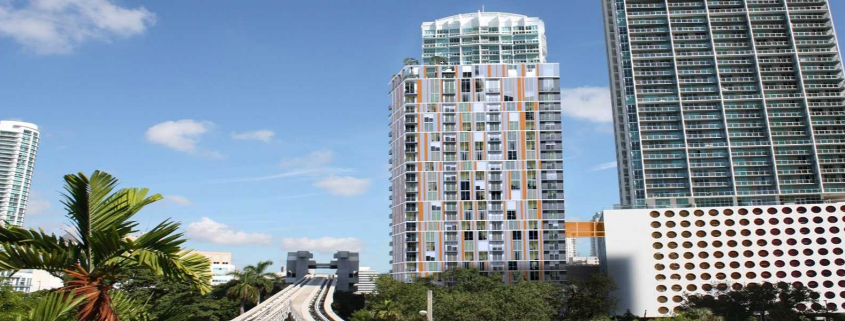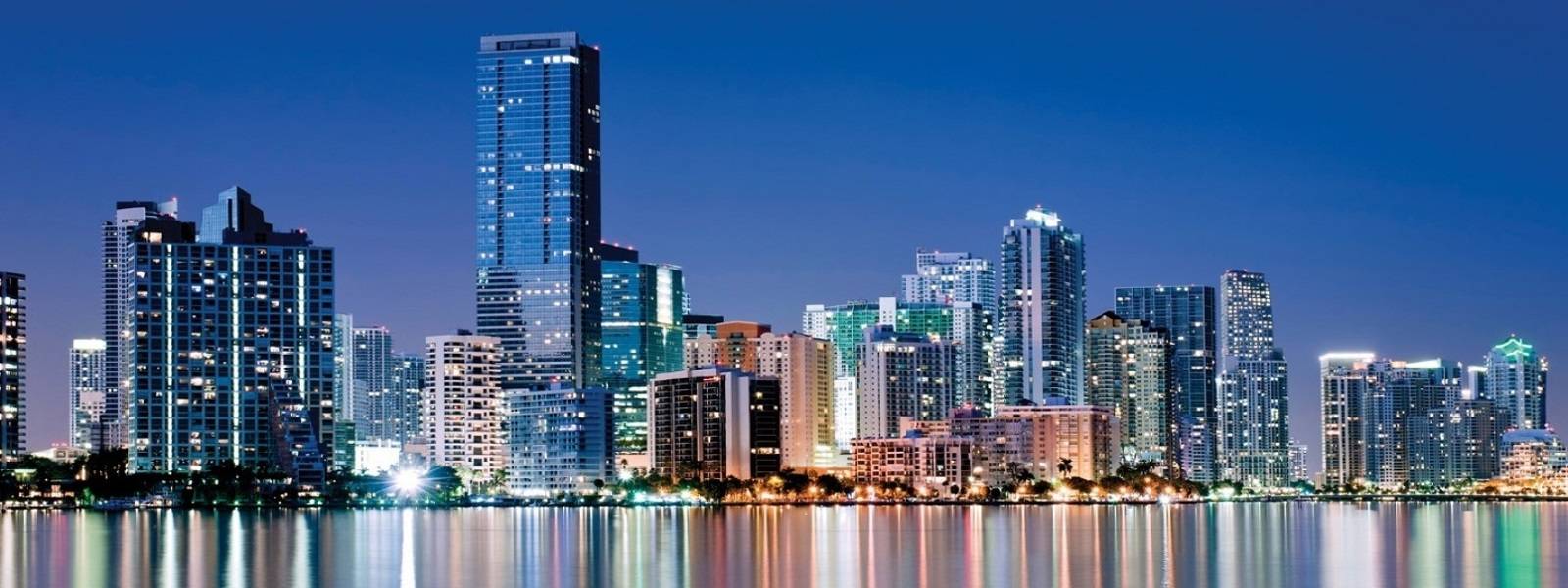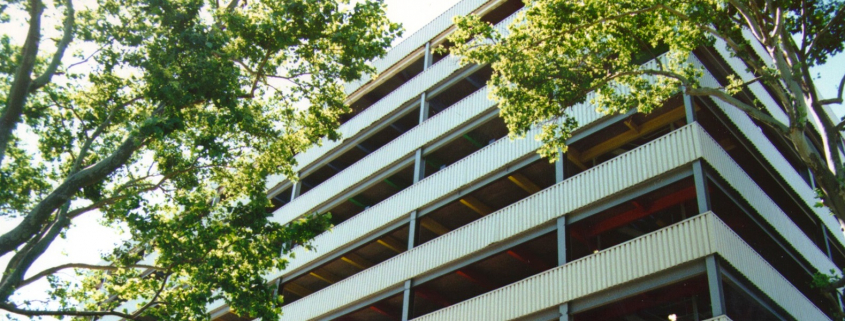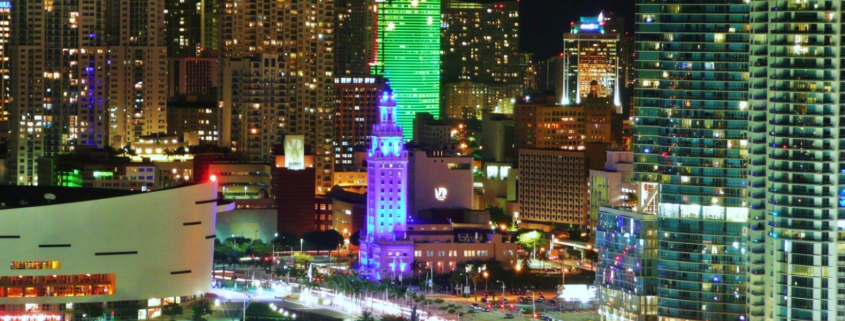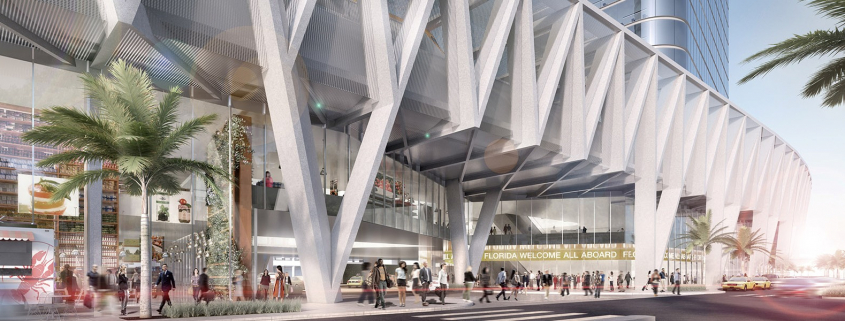The majority of new condo buyers in Miami have been looking to capitalize on their investments by flipping the units or renting them out, according to research by CraneSpotters.com.
Looking at the four largest condo towers completed in greater downtown Miami since construction resumed in 2011, anywhere from 45 percent to 96 percent of the units sold by the developers in each building were placed back on the market or put up for rent. That indicates a high level of investor ownership in those buildings, and also raises some questions.
With more than 18,100 condo units either under construction, planned with approvals or proposed in greater downtown Miami, according to CraneSpotters.com, is there enough rental demand at higher price points to support that many new units? And how will they be impacted by the nearly 7,800 apartments in the development pipeline?
The recently completed condo towers in Miami sold in the mid-$400s per square foot, but the average price per square foot for new projects is more than double that now, CraneSpotters.com principal Peter Zalewski said. When the sales prices climb, so must rents. Are there enough high-earning renters in Miami to fill those units?
“We strongly believe that when Brickell CityCentre opens and people will be able to walk to a shopping mall with a Saks Fifth Avenue, 11 cinemas and 500,000 square feet of retail, Brickell condos will raise in value and so will rents,” said Carlos Rosso, head of the Related Group’s condominium division. “Twenty-four-hour urban living close to the workplaces is and will continue to be in high demand.”
Here’s a look at how the four largest recently completed condo projects in Miami have performed:
 NINE AT MARY BRICKELL VILLAGE
NINE AT MARY BRICKELL VILLAGE
Units: 390
Units sold/price per square foot: 300 for $501
Active MLS listings/price per square foot: 17 for $469
Units resold: 0
Asking rentals/price per square foot: 95 for $2.78
Closed rentals/price per square foot: 23 for $2.47
 1100 MILLECENTO RESIDENCES
1100 MILLECENTO RESIDENCES
Units: 382
Units sold/price per square foot: 376 for $435
Active MLS listings/price per square foot: 99 for $403
Units resold: 1
Asking rentals/price per square foot: 67 for $2.59
Closed rentals/price per square foot: 120 for $2.25
 BRICKELLHOUSE
BRICKELLHOUSE
Units: 374
Units sold/price per square foot: 374 for $504
Active MLS listings/price per square foot: 91 for $627
Units resold: 7
Asking rentals/price per square foot: 64 for $3.63
Closed rentals/price per square foot: 77 for $3.24
 MYBRICKELL
MYBRICKELL
Units: 192
Units sold/price per square foot: 192 for $360
Active MLS listings/price per square foot: 31 for $379
Units resold: 8
Asking rentals/price per square foot: 19 for $2.67
Closed rentals/price per square foot: 126 for $2.01
It looks like some of these condo towers are more like apartment buildings. Projects in other South Florida cities have behaved quite differently. For instance, in Broward County’s largest newly completed condo tower:
 BEACHWALK – HALLANDALE BEACH
BEACHWALK – HALLANDALE BEACH
Units: 300
Units sold/price per square foot: 289 for $448
Active MLS listing/price per square foot: 49 for $532
Units resold: 1
Asking rentals/price per square foot: 6 for $2.97
Closed rentals: 0
There’s a fair amount of resale activity, but not many rentals. However, Beachwalk has a rental pool system managed by the hotel management that doesn’t show up on MLS, so many unit owner participate in that. CraneSpotters.com also looked at the largest recently completed condominium in Palm Beach County, Bay Colony Juno Beach, and found only two of its 121 units on the rental market, although it had 23 resales.
For more on the South Florida condo market, see this week’s feature story with comments from the region’s leading condo experts. Most of them agree that sales are slowing.
Source: SFBJ

